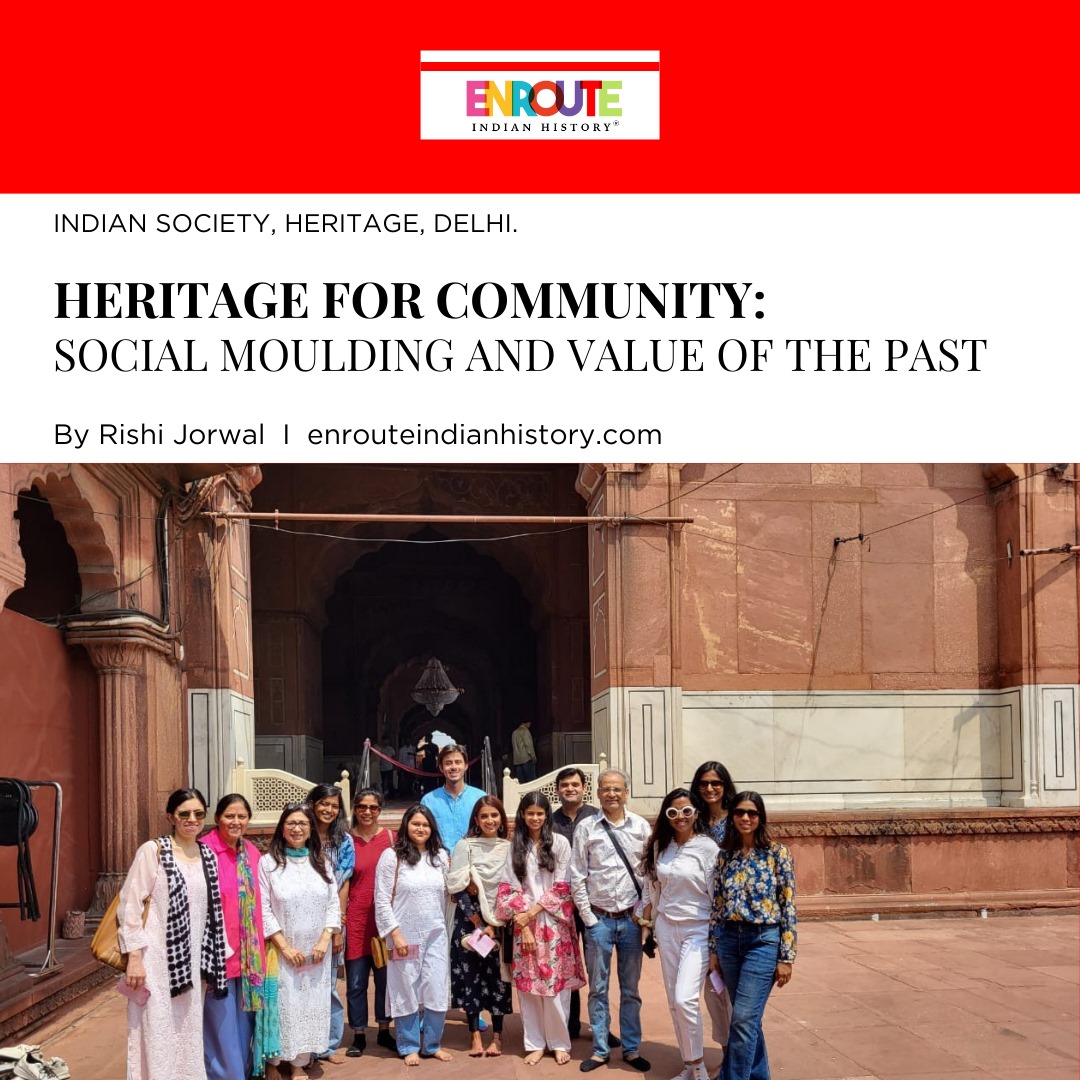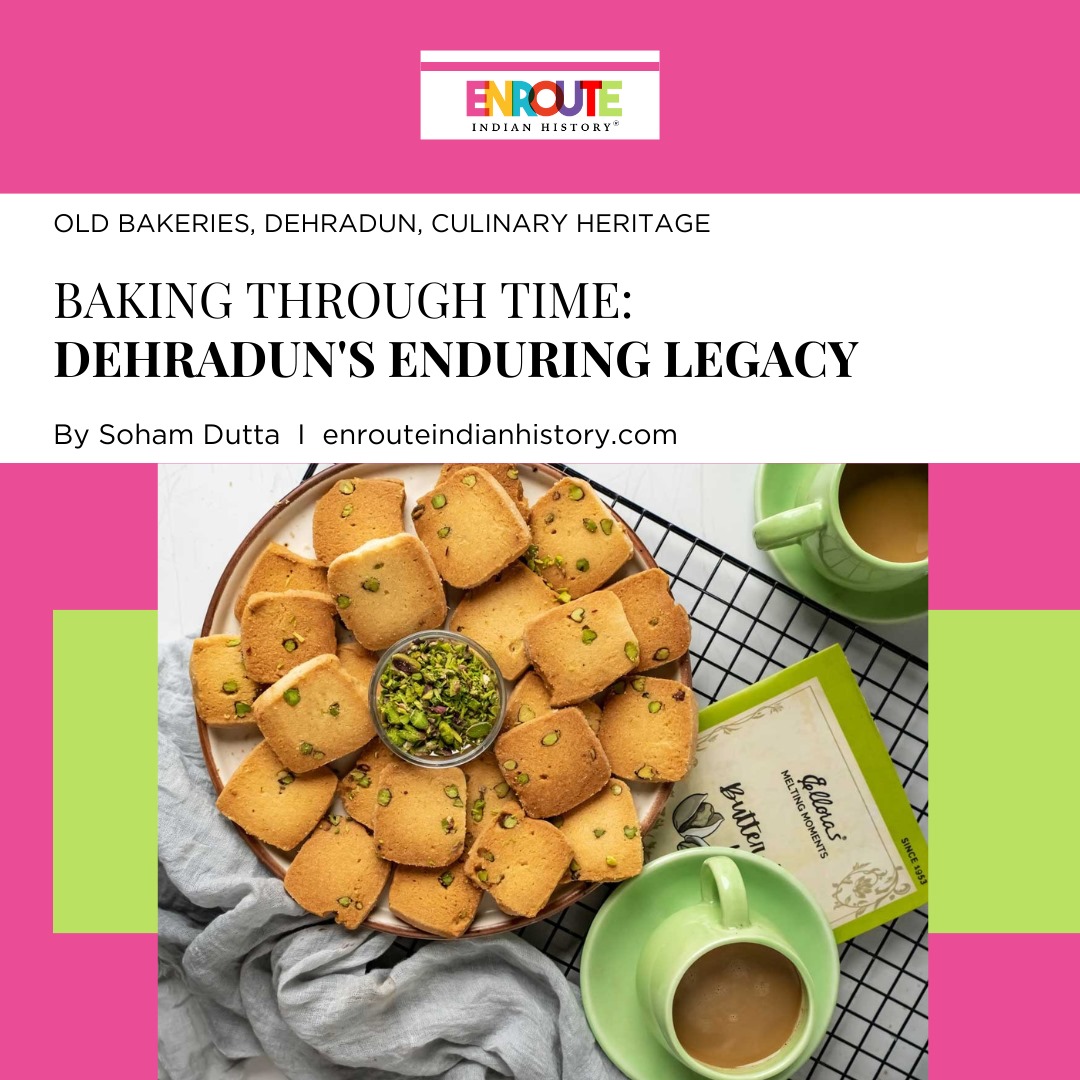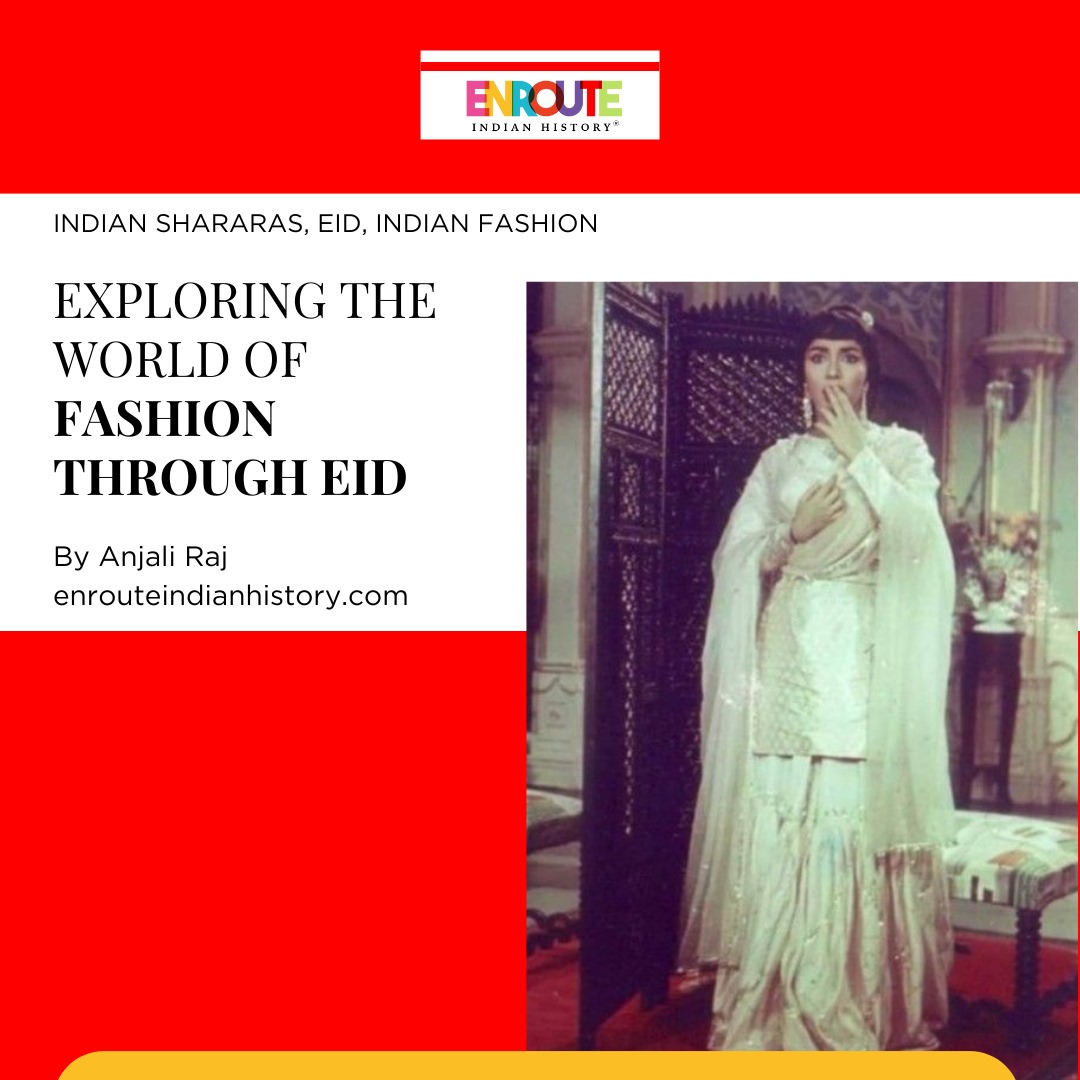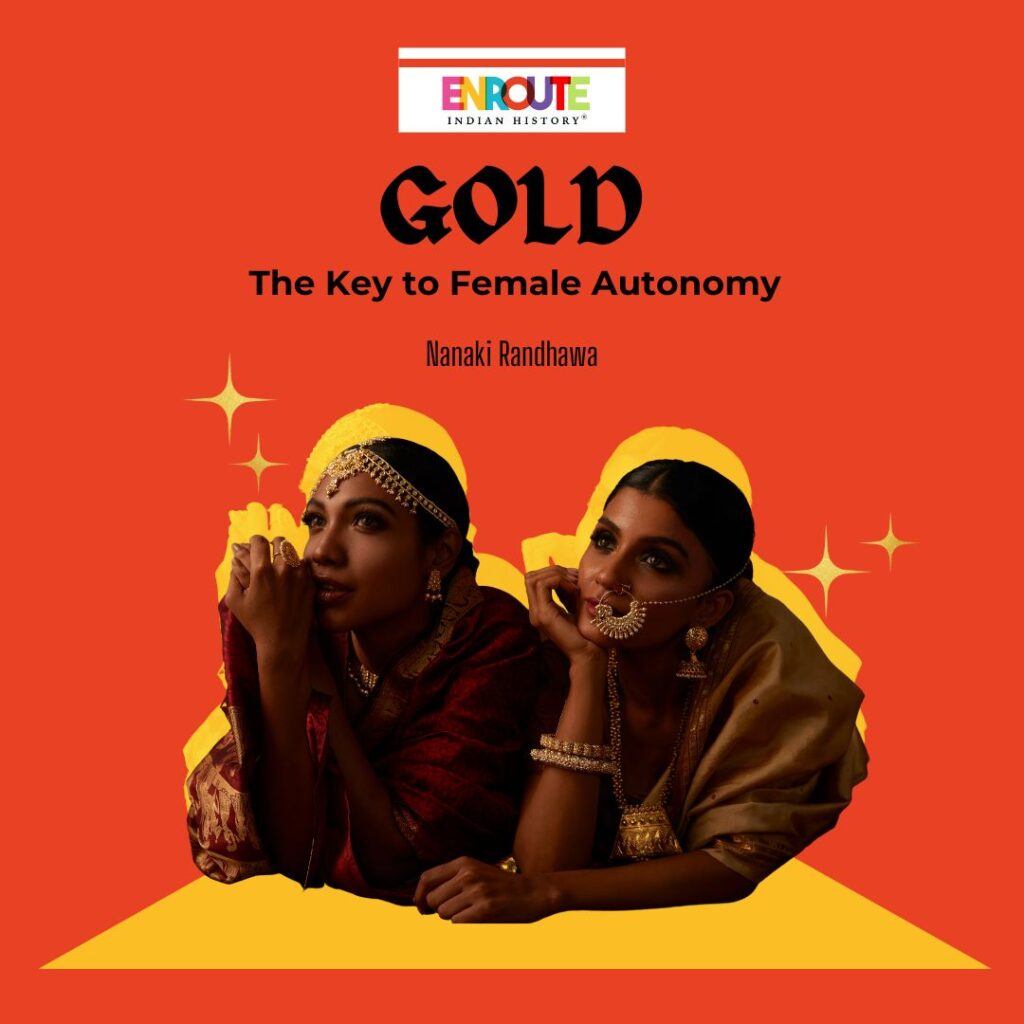
Indian culture is a manifestation of grandeur. There is vibrance, colour, extravagance and celebration. But central to all is gold. Gold is integral to Indian society, acting as a symbol of affluence, prestige and success. It has historically remained constant and precious, beginning with the Indus Valley Civilisation, embellishing the mediaeval ruling classes, all the way to adorning the modern bride. There are values associated with the metal such as religious equations, symbolism of well-being and harbinger of good luck. It also acts as a source of investment. Indian households make it a point to buy and store gold due to the consistency in value and added protection against financial upheaval. Even during times of global price depreciation, Indian gold value has remained more or less steady due to the strong confidence in the same. It also is a form of family heritage, especially for women who pass on their gold jewellery through generations. Gold is the perfect gift for any joyous occasion, it has deep cultural and religious significance and unwavering value. But, for women, the significance is much deeper and multifaceted.
Gold and the Indian Woman
Indian women, undoubtedly, have an incredibly strong relationship with metal. Anthropologist Nilika Mehrotra even goes as far as to call it a gendered metal as historically, its appeal has been attached to feminine value, beauty and aesthetics. It acts as a status symbol, a good luck charm and social security for women in patriarchal setups. Indian households are male-centric, with women acting as homemakers and men being the breadwinners. Fiscal powers are predominantly in the hands of the man, also seen as the head of the household. Thus the only currency determined to be her own is the gold a woman possesses. This includes her wedding jewels, gifts from her in-laws, her husband and so on. A gold-adorned woman also has societal markings. For the longest time, there were social restrictions on the wearing of gold jewellery, it was a right reserved for married women. It was seen as a form of good fortune, enhancing fertility and the well-being of the household. Unmarried and widowed women were discouraged from the same. The metal is seen in an auspicious light, signifying the goddess of good fortune and wealth, Laxmi. This didn’t mean that women had sole rights over gold. Families collectively purchased gold for religious and investment value, but it’s interesting to see how much control women had over the same.
Considering jewels to be female property, women would collect and pass down their gold through generations. It was seen as a form of economic security provided to daughters. Gold was to women what land is to men. Possession of the same played a key role in determining domestic politics. House hierarchies, especially in larger families, were determined through a woman’s gold. The more the gold, the greater the say. The two entities are quite literally inseparable. Gold was also seen as a potential security for financial distress. Though a last resort, a woman’s jewels were often pawned to save the family from crises. Such exchanges are also demonstrated through movies and media since the very beginning.
 Priyanka Chopra (left) plays the role of ‘Ayesha’ in the movie Dil Dhadkne Do. The character pawns her inherited gold from marriage to start her own business.
Priyanka Chopra (left) plays the role of ‘Ayesha’ in the movie Dil Dhadkne Do. The character pawns her inherited gold from marriage to start her own business.
In Mehboob Khan’s award-winning film, Mother India (1957), Nargis Dutt’s character Radha is an abandoned mother of two who fights all possible odds to protect her family from the evil moneylender. She pawns off her gold jewellery to reduce her family’s debt. This showcased the power of a woman and the autonomy that she can achieve through her gold. More recently, a similar relationship between the two was presented through Priyanka Chopra’s character Ayesha in Dil Dhadakne Do (2015). Ayesha, despite coming from wealth, had to start her company on her dime. She used her gold to break out of the patriarchal restrictions and start her own business, eventually achieving financial emancipation.
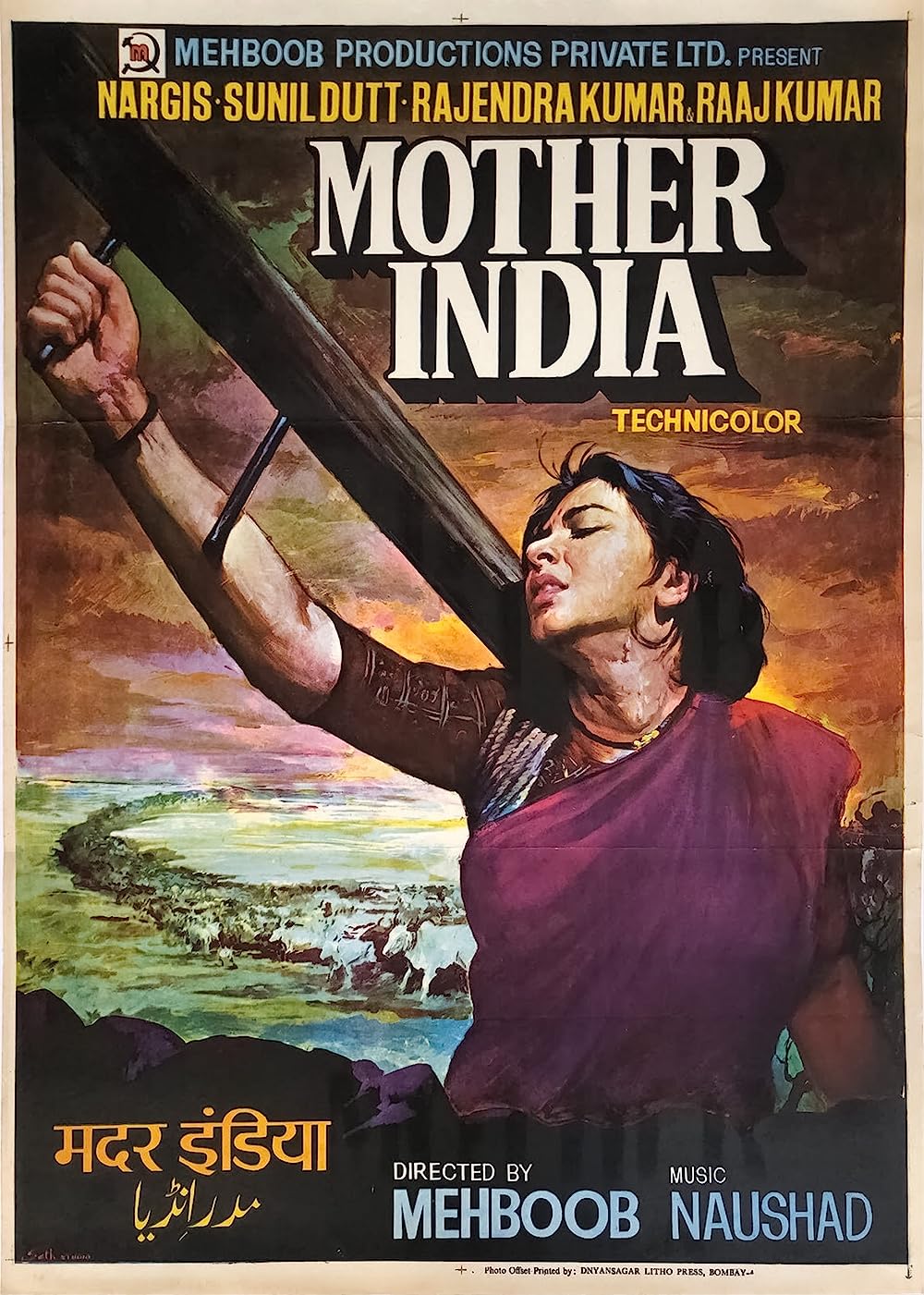
Mehboob Khan’s iconic movie ‘Mother India’ (1957)
Yet, the patriarchy is strong and so in many cases, women lose the right over their gold due to it shifting between the hands of the so-called ‘custodians’ of the same. This could be her husband, her in-laws or any other authority figure. Seeing this exploitation, the concept of Streedhan was upheld by the Indian courts. Under the Hindu Law of the Indian Penal Code, a woman has absolute control over her “Streedhan”, translating to “A woman’s property”. This includes all movable and immovable property, gifts, etc. received by women before marriage, at the time of marriage, during childbirth and her widowhood. This is seen as separate from dowry as the woman is the sole owner, in contrast to her husband or in-laws. Considering the lack of steady income and financial independence enjoyed by most women, they often become dependent on their husbands. This puts them in subordinate positions with little control and oftentimes leads to abusive situations. This lack of autonomy is the reason why women invest in the precious metal, making it a fail-safe for dire situations. Thus coded protection is paramount.
The Modern Woman and Profitability
In the past two decades, India has seen a rising female workforce. This is due to the expansion of education, female empowerment-driven policy changes and the rising power of the Indian feminist movement. Women have attained a certain level of financial freedom and have spending power. Dependency on their male counterparts has changed and so has their outlook on gold. While earlier their only possession of the same came through gifts and family heirlooms, now they find themselves in a different position. They can buy it themselves. Societal restrictions no longer hold them back from dressing up in beautiful and shiny jewellery, no matter what their marital status. The act is empowering and a truly underrated form of reclamation.
This brings us to the question, is gold profitable? Of late, many banks and loan agencies have begun schemes that allow individuals to temporarily exchange their gold for financial capital. These are called Gold Loans. The banks hold onto your gold as collateral and return the same after successful repayment. In a 2014 NPR article, Julie McArthy spoke to an Indian couple that invested in starting their own business through a gold loan. The husband-wife combined their gold and put it up for the same, and when the wife was asked if she would do it again the answer was affirmative. She claimed that it was her gold and her money that helped her start a business, if it turns a profit why should she waver? In countries like Pakistan, governments are encouraging rural women to indulge in similar loans and invest in their land. Such programs have truly expanded the amount of financial and social development, increasing national income, along with female self-sufficiency. Almost every household in the Indian peninsula has gold, especially the women. It’s a symbol of prosperity, a required part of Indian weddings, so much so that even poor families often adorn the bride with a gold nose ring. Thus, the metal is bankable.
Gold has a significant and complex relationship with Indian women. The market for the same is constant in this country. Its aesthetic value is sought after and its durability is better than most. Its symbolism is deeply rooted in history, culture, and societal dynamics. But its links to emancipation and role as a secret weapon for the Indian woman is truly enthralling. Gold continues to be a small and sacred haven, a layer of protection from the oppressive patriarchy. There is so much more that goes into the purchase, beyond just beauty, and so, gold remains an image of prosperity and empowerment for Indian women.
REFERENCES
- Mehrotra, Nilika. (2004) ‘Gold and Gender in India: Some observations from South Orissa’, Indian Anthropologist, 34 (1), pp: 27-39
- McArty, Julie (2014) ‘A Gold Obsession Pays Dividends for Indian Women’, National Public Radio (npr)
- April 18, 2024
- 5 Min Read
- April 18, 2024
- 7 Min Read



